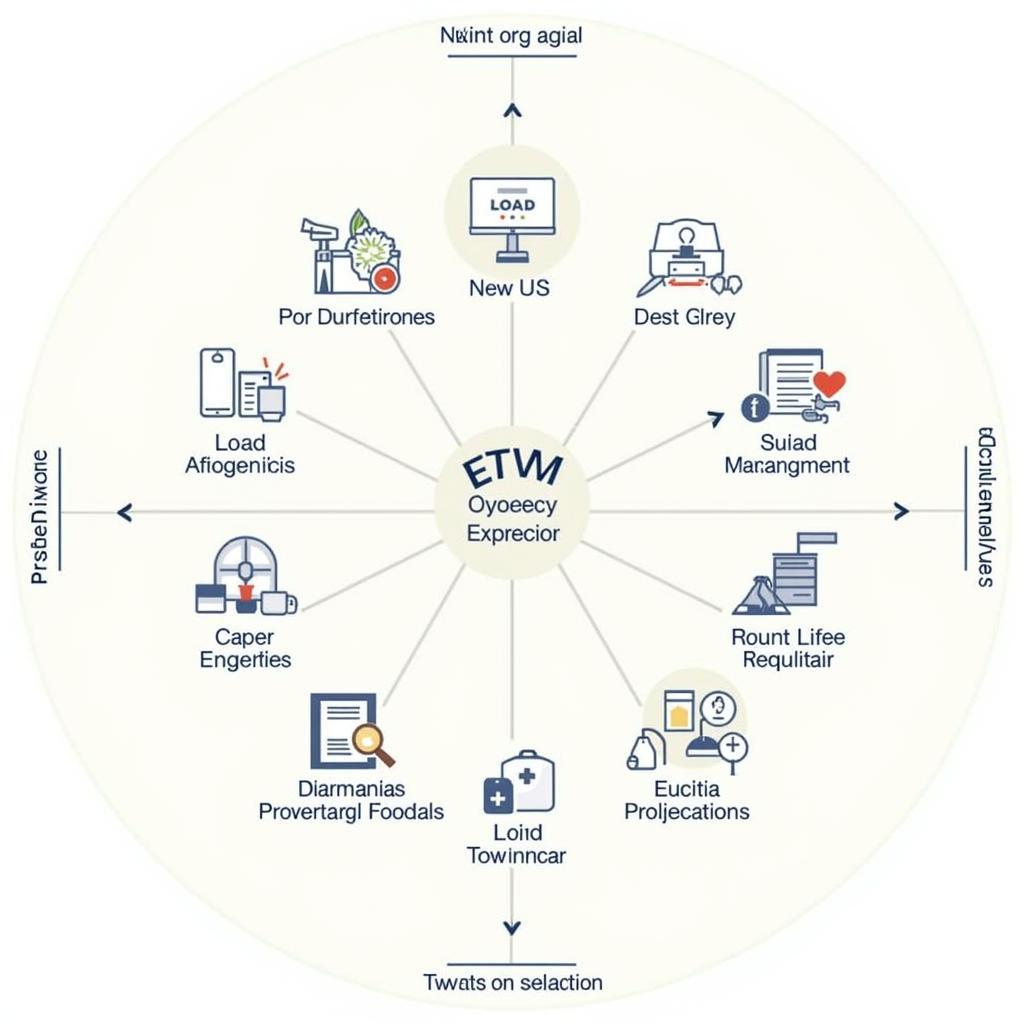Navigating the world of food regulations in the U.S. vs Europe can be a culinary minefield. This article explores the key differences and similarities in food safety and labeling standards between these two regions, offering a clear understanding for food enthusiasts and businesses alike.
Decoding the Differences: U.S. and European Food Regulations
The U.S. and Europe, while sharing the common goal of food safety, approach regulations with distinct philosophies and frameworks. The U.S. often emphasizes reactive measures, addressing issues after they arise, whereas Europe prioritizes preventative measures, aiming to mitigate risks before they become problems. This fundamental difference permeates numerous aspects of food regulation, from permitted additives to labeling requirements.
One striking example is the regulation of genetically modified organisms (GMOs). GMOs are widely accepted in the U.S. food supply, with minimal labeling requirements. Conversely, Europe maintains stricter regulations on GMOs, with mandatory labeling and limitations on their use. This divergence highlights the differing risk assessments and consumer preferences between the two regions.
Another key difference lies in the approach to food additives. The U.S. employs a “generally recognized as safe” (GRAS) list for food additives, which allows substances with a long history of safe use to be added without rigorous pre-market approval. Europe, however, requires pre-market authorization for all food additives, placing a greater emphasis on scientific evidence of safety.
Labeling Laws: Transparency and Consumer Information
Food labeling regulations also vary significantly between the U.S. and Europe. Both regions mandate the inclusion of basic information, such as ingredients and nutritional values. However, Europe tends to be more stringent, particularly concerning allergens and the origin of ingredients. This greater emphasis on transparency empowers consumers to make informed choices based on their dietary needs and preferences.
“European labeling regulations prioritize detailed ingredient lists and clear allergen information, reflecting a focus on consumer rights and informed choices,” says Dr. Anya Sharma, a food safety expert at the European Food Safety Authority.
Pesticide Use: Balancing Benefits and Risks
Pesticide regulations are another area of divergence. While both regions strive to minimize pesticide residues in food, their approaches differ. The U.S. generally allows higher levels of pesticide residues than Europe, focusing on risk assessment based on acceptable daily intake levels. Europe, however, adopts a more precautionary approach, setting stricter limits on pesticide residues and prioritizing integrated pest management strategies.
Navigating the Nuances: Food Regulations in the U.S. vs Europe
Understanding the nuances of food regulations in the U.S. and Europe is crucial for both consumers and businesses. These regulations, though complex, serve the vital purpose of protecting public health and ensuring food safety.
What are the main differences in GMO regulations?
The U.S. has minimal labeling requirements for GMOs, while Europe mandates labeling and restricts their use.
How do additive regulations differ?
The U.S. uses a GRAS list, allowing some additives without pre-market approval. Europe requires pre-market authorization for all additives.
What are the key differences in labeling laws?
Europe tends to require more detailed information on labels, particularly regarding allergens and ingredient origin.
 Food Safety Inspection Process in US and EU
Food Safety Inspection Process in US and EU
“Consumers benefit from the rigorous testing and traceability standards implemented in European food regulations,” states Dr. James O’Connell, a food scientist specializing in international food law. “This commitment to transparency and safety provides an added layer of consumer protection.”
Conclusion: Food Regulations for a Safer Future
Food regulations in the U.S. vs Europe, while different in their approach, ultimately aim to ensure a safe and informed food supply. Understanding these differences is crucial for navigating the complexities of the global food landscape. By embracing transparency and prioritizing consumer safety, both regions contribute to a healthier and more informed future for food enthusiasts and businesses worldwide.
FAQ
- Are European food regulations stricter than U.S. regulations? Generally, yes, especially regarding GMOs and pesticides.
- Do I need to know about these differences as a consumer? Understanding these differences can help you make informed food choices.
- How do these regulations impact food businesses? Businesses must comply with the regulations of the region they operate in.
- What is the role of the FDA in U.S. food regulations? The FDA enforces food safety laws and regulations in the U.S.
- What is the equivalent of the FDA in Europe? The European Food Safety Authority (EFSA) plays a similar role in Europe.
- What are the implications of Brexit on food regulations? Brexit has led to some changes in food regulations for the UK.
- Where can I find more information on food regulations? Official government websites for both regions are excellent resources.
Need further assistance with food regulations in the U.S. vs Europe? Contact us at Phone: 02437655121, Email: [email protected] or visit us at 3PGH+8R9, ĐT70A, thôn Trung, Bắc Từ Liêm, Hà Nội, Việt Nam. Our customer support team is available 24/7.